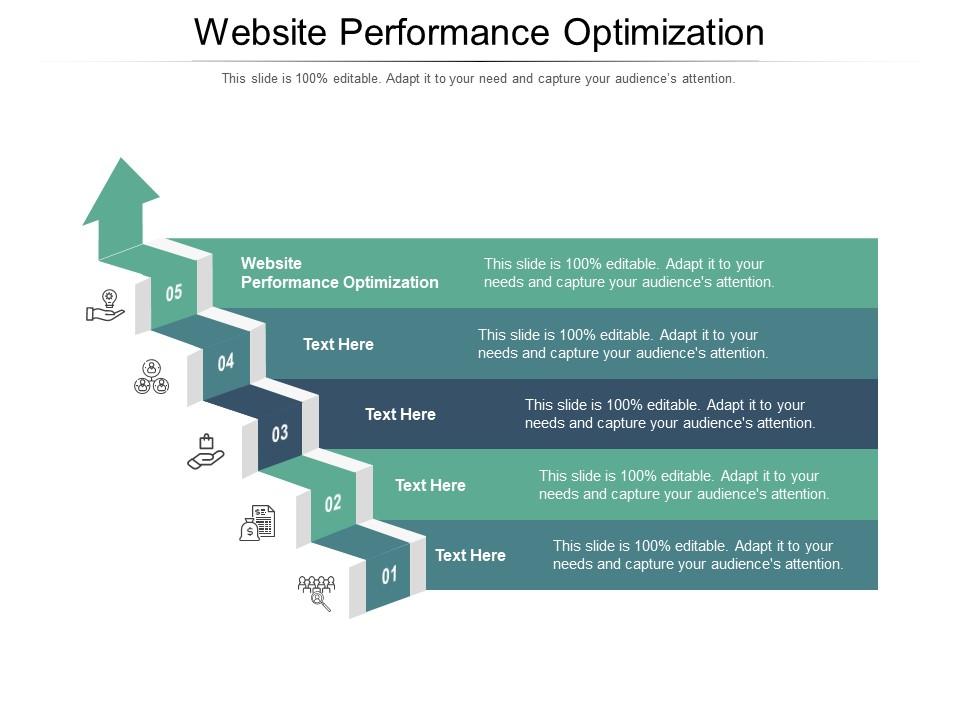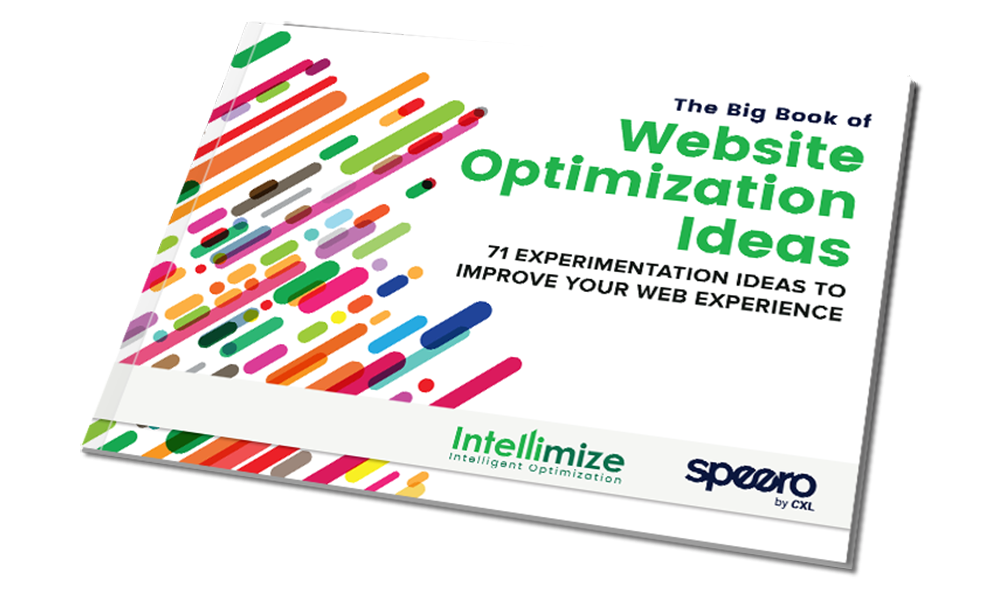To optimize your website, improve page speed and create high-quality, relevant content. Ensure mobile responsiveness and use effective SEO techniques.
Website optimization is crucial for better user experience and higher search engine rankings. Fast-loading pages reduce bounce rates and keep visitors engaged. High-quality, relevant content attracts and retains users, boosting dwell time. Mobile responsiveness ensures accessibility across all devices, enhancing user satisfaction.
Effective SEO techniques, such as using keywords strategically and optimizing meta tags, improve visibility on search engines. Regularly updating your website and fixing broken links also play a significant role in maintaining site performance. By implementing these strategies, you can enhance your website’s functionality, user experience, and search engine ranking, leading to increased traffic and conversions.
Speed Optimization
Speed Optimization is crucial for a successful website. Faster websites improve user experience and boost search engine rankings. Let’s explore some simple yet effective ways to enhance your website’s speed.
Minimize Http Requests
Reducing HTTP requests is vital for speeding up your site. Each element on a webpage, like images and scripts, requires a separate HTTP request. More requests mean slower load times.
Here are some steps to minimize HTTP requests:
- Combine files: Merge CSS, JavaScript, and HTML files.
- Use CSS sprites: Combine multiple images into a single file.
- Remove unnecessary plugins and widgets.
- Enable browser caching: Store static files on users’ devices.
Optimize Images
Images can significantly slow down your website. Optimizing images helps to reduce their file size without compromising quality.
Follow these tips to optimize images:
- Use the correct format: JPEG for photos, PNG for graphics.
- Resize images: Ensure images fit the display area.
- Compress images: Use tools like TinyPNG or ImageOptim.
- Use lazy loading: Load images only when they appear on the screen.
Here’s a simple table to summarize image optimization techniques:
| Technique | Description |
|---|---|
| Correct Format | Choose JPEG for photos, PNG for graphics. |
| Resize | Ensure images are not larger than necessary. |
| Compress | Reduce file size using compression tools. |
| Lazy Loading | Load images only when needed. |
By minimizing HTTP requests and optimizing images, your website will load faster, enhancing user experience and search engine rankings.

Credit: www.rockethub.com
Mobile Responsiveness
Mobile responsiveness is crucial for website optimization. A mobile-responsive website ensures a seamless user experience across devices. With more users accessing websites via smartphones, optimizing for mobile is essential.
Responsive Design Techniques
Responsive design adapts the layout based on the screen size. Here are some key techniques:
- Fluid Grids: Use flexible grid layouts to adjust elements.
- Flexible Images: Images resize within their containing elements.
- Media Queries: CSS rules that apply styles based on device characteristics.
Fluid grids use percentage-based widths. This ensures elements scale proportionately. Flexible images prevent overflow issues. Media queries allow custom styles for different devices.
Testing On Multiple Devices
Testing on multiple devices ensures the website works well everywhere. Here are some methods:
- Emulators and Simulators: Test websites on virtual devices.
- Real Device Testing: Use actual devices for accurate results.
- Browser Developer Tools: Simulate mobile views within browsers.
Emulators mimic various devices. Real devices provide the best testing accuracy. Developer tools help simulate mobile environments quickly.
Here is a comparison table of testing methods:
| Method | Advantages | Disadvantages |
|---|---|---|
| Emulators | Quick, easy setup | May lack real-world accuracy |
| Real Devices | Most accurate | Requires multiple devices |
| Developer Tools | Convenient, integrated | Limited to browser capabilities |
Using a combination of these methods is the best approach. This ensures a website is fully mobile-responsive. Mobile responsiveness improves user satisfaction and search engine ranking.
Seo Best Practices
SEO Best Practices help your website rank higher in search engines. They improve your site’s visibility and drive organic traffic. Focus on key areas like keyword research and on-page SEO to optimize your website effectively.
Keyword Research
Keyword research is crucial for SEO. It helps you understand what your audience searches for online. Use tools like Google Keyword Planner or Ahrefs to find relevant keywords.
- Short-tail keywords: These are short phrases with high search volume. Example: “shoes”.
- Long-tail keywords: These are longer phrases with lower search volume but higher intent. Example: “best running shoes for women”.
Use a mix of both short-tail and long-tail keywords. This helps you reach a broader audience. Focus on keywords with high search volume and low competition.
On-page Seo
On-Page SEO optimizes individual web pages. This improves their search engine rankings.
- Title Tags: Include your main keyword in the title tag.
- Meta Descriptions: Write compelling meta descriptions. They should include your main keyword.
- Header Tags: Use header tags (H1, H2, H3) to structure your content.
- Internal Links: Link to other relevant pages on your site.
- Image Alt Text: Include keywords in the alt text of images.
Ensure your content is easy to read. Use short paragraphs, bullet points, and tables.
| On-Page SEO Element | Best Practice |
|---|---|
| Title Tag | Include the main keyword |
| Meta Description | Include the main keyword and a call-to-action |
| Header Tags | Use H1 for main titles, H2 for subheadings, H3 for subsections |
| Internal Links | Link to relevant pages within your site |
| Image Alt Text | Include descriptive keywords |
By following these SEO best practices, you can improve your website’s performance and visibility in search engines.
Improving User Experience
Improving user experience is key to website success. Happy visitors stay longer. They explore more and return often. Let’s discuss some ways to enhance user experience.
Intuitive Navigation
Navigation should be clear and simple. Users should find what they need quickly. Follow these tips for intuitive navigation:
- Use clear labels for menu items.
- Keep the menu structure simple.
- Include a search bar.
- Ensure links are easy to see and click.
Here’s an example of a simple navigation menu in HTML:
Ensure the menu is visible on all devices. Use responsive design techniques.
Fast Loading Times
Fast loading times are crucial. Slow websites frustrate users. They leave and don’t return. Follow these tips to speed up your site:
- Compress images.
- Use browser caching.
- Minimize HTTP requests.
- Enable compression (Gzip).
Consider using a Content Delivery Network (CDN). A CDN helps deliver content faster. Here’s a comparison table for common CDN benefits:
| Benefit | Description |
|---|---|
| Speed | Delivers content quickly. |
| Reliability | Less downtime. |
| Security | Protects against attacks. |
Always monitor your website’s speed. Use tools like Google PageSpeed Insights. Identify areas for improvement and act quickly.
Content Delivery Network
A Content Delivery Network (CDN) is a collection of servers. These servers are spread across different locations. They help deliver web content quickly to users. CDNs boost your site’s speed and performance.
Benefits Of Cdn
- Faster Load Times: CDNs deliver content from the closest server. This reduces load times.
- Improved User Experience: Faster sites keep users happy. Happy users stay longer on your site.
- Better SEO: Google loves fast websites. A faster site can rank higher in search results.
- Reduced Bandwidth Costs: CDNs optimize content delivery. This can lower your bandwidth usage and costs.
- Increased Security: CDNs provide security features. These include DDoS protection and secure sockets layer (SSL) encryption.
Top Cdn Providers
| Provider | Features | Pricing |
|---|---|---|
| Cloudflare | Free plan, DDoS protection, SSL support | Free and paid plans |
| Amazon CloudFront | Global coverage, integration with AWS | Pay-as-you-go |
| Akamai | High performance, extensive network | Custom pricing |
| Fastly | Real-time updates, developer-friendly | Pay-as-you-go |
| CDN77 | Live streaming, 24/7 support | Pay-as-you-go |
Choosing the right CDN depends on your needs and budget. Cloudflare is great for those starting out. Amazon CloudFront offers seamless integration with AWS. Akamai is ideal for high-traffic sites. Fastly is perfect for developers. CDN77 is excellent for media-rich websites.
Caching Strategies
Caching strategies are vital for fast websites. They store data for quick access. This reduces load times and enhances user experience.
Browser Caching
Browser caching saves website files on users’ devices. This includes images, CSS, and JavaScript. When users revisit, files load from their device, not the server. This process speeds up page load times.
To implement browser caching, use the Expires or Cache-Control header. Here is an example using .htaccess:
# Enable browser caching
ExpiresActive On
ExpiresByType image/jpg "access plus 1 year"
ExpiresByType image/jpeg "access plus 1 year"
ExpiresByType image/gif "access plus 1 year"
ExpiresByType image/png "access plus 1 year"
ExpiresByType text/css "access plus 1 month"
ExpiresByType text/html "access plus 1 month"
ExpiresByType application/pdf "access plus 1 month"
ExpiresByType text/x-javascript "access plus 1 month"
ExpiresByType application/x-shockwave-flash "access plus 1 month"
Server-side Caching
Server-side caching saves data on the web server. This means the server stores a copy of the page. It serves this copy to users, reducing load time.
There are different types of server-side caching:
- Object Caching: Stores database query results.
- Page Caching: Stores entire HTML pages.
- Opcode Caching: Stores compiled PHP code.
Use plugins like W3 Total Cache or WP Super Cache for WordPress. These plugins make server-side caching easy.
Minification Techniques
Minification is a crucial part of website optimization. It involves removing unnecessary characters from code. This helps in speeding up the website. Faster websites improve user experience and SEO rankings.
Css And Javascript Minification
Minifying CSS and JavaScript files can reduce load times. These files often contain spaces, comments, and line breaks. Removing these elements can make the files smaller. Smaller files load faster. This results in a quicker website.
Tools like UglifyJS and CSSNano can help. These tools automate the minification process. Here’s a simple example:
// Original JavaScript
function sayHello() {
console.log("Hello, world!");
}
// Minified JavaScript
function sayHello(){console.log("Hello, world!");}
As shown, the minified version is more compact. This reduces the file size significantly.
Html Minification
HTML minification is equally important. HTML files often have extra spaces and comments. Removing these can make the files smaller. Smaller HTML files load faster.
Tools like HTMLMinifier can help. These tools remove unnecessary characters. Here’s an example:
Original HTML
html
My Website
Minified HTML
htmlMy Website
The minified version removes extra spaces. This makes the file smaller and faster to load.
| Technique | Tools | Benefits |
|---|---|---|
| CSS Minification | CSSNano | Reduces file size |
| JavaScript Minification | UglifyJS | Faster load times |
| HTML Minification | HTMLMinifier | Improves website speed |
Using these tools can greatly improve your website’s performance. Always test your minified files. Ensure they work as expected.

Credit: www.abtasty.com
Monitoring And Analytics
Monitoring and analytics are crucial for effective website optimization. These processes help track performance and identify areas for improvement. With proper monitoring, you can ensure your website runs smoothly and meets user expectations. Analytics provide valuable insights into user behavior and website performance, guiding your optimization efforts.
Performance Metrics
Tracking performance metrics is essential for website optimization. Metrics help measure the effectiveness of your strategies. Key performance metrics to monitor include:
- Page Load Time: The time it takes for a page to load.
- Bounce Rate: The percentage of visitors who leave after viewing one page.
- Conversion Rate: The percentage of visitors who complete a desired action.
- Average Session Duration: The average time users spend on your site.
- Pages Per Session: The number of pages a user views in one session.
Using Analytical Tools
To effectively monitor these metrics, use reliable analytical tools. These tools provide detailed reports and insights. Popular analytical tools include:
| Tool | Features |
|---|---|
| Google Analytics | Tracks user behavior, traffic sources, and conversion rates. |
| Google Search Console | Monitors website performance and search queries. |
| SEMrush | Offers SEO audit, keyword tracking, and competitive analysis. |
| Hotjar | Provides heatmaps and session recordings for user behavior analysis. |
| Ahrefs | Tracks backlinks, organic traffic, and keyword rankings. |
Using these tools, you can gather essential data to improve your website. Regularly review the metrics and make necessary adjustments to enhance user experience and achieve your goals.

Credit: www.slideteam.net
Frequently Asked Questions
What Is Website Optimization?
Website optimization improves site performance and user experience. It includes speed, SEO, and mobile-friendliness enhancements. It boosts traffic and conversions.
How To Improve Website Speed?
Optimize images, use a content delivery network (CDN), and enable browser caching. Minify CSS, JavaScript, and HTML files. These steps help load pages faster.
Why Is Mobile-friendliness Important?
Mobile-friendliness ensures a seamless experience on smartphones and tablets. It improves SEO rankings and user engagement. Google prioritizes mobile-optimized sites.
What Are Seo Best Practices?
Use relevant keywords, create quality content, and optimize meta tags. Ensure your site is mobile-friendly. Build high-quality backlinks.
Conclusion
Boosting your website’s performance is essential for success. Implement these optimization ideas for better user experience and higher rankings. Regularly update your strategies to stay ahead. By doing so, your website will attract more visitors and drive more conversions. Stay proactive and watch your website thrive in the competitive online landscape.
